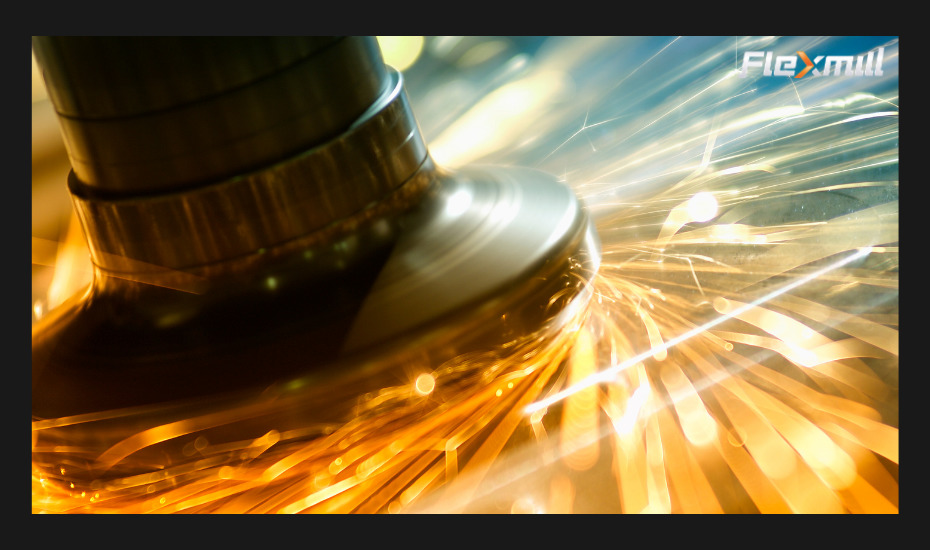
Most manufacturers handle surface finishing such as grinding, deburring, bevelling, and polishing manually using low-cost tools. According to World Robotics Report, 8% of industrial robotization investments are made to automate welding. In comparison, surface finishing is automated only in 1% of cases – although they are part of the same process, and automation would radically speed up production, increase quality, smoothen the flow, and avoid health risks.
The quality and consistency of surface finishing significantly impact the post-processing stages and entire product life cycle. Poor surface quality leads to a domino effect of weakening the coating, making the part more sensitive to corrosion, wear, and tear, deteriorating its durability and performance, and eventually reducing customer satisfaction.
Robotic surface finishing provides manufacturers many advantages with a fast, 18-months payback time. Read this blog to learn the five most significant benefits and how to calculate your payback time and ROI!
Manufacturers typically handle the surface finishing stages manually despite the many disadvantages. Manual grinding, deburring, and polishing work result in lower quality and more inconsistencies than programmed robotic finishing. It is heavy work, and a human cannot maintain a uniform performance level day in day out. Switching from one tool to another increases quality deviations, too.
Manual finishing generates more dust and debris, which is difficult and time-consuming to collect for recycling. Occasional minor hazards and slippages increase product scrap rate, slowing down production flow and profitability.
Working in surface finishing is known for several negative health impacts due to exposure to
harmful small particles, dust, vibration, and loud noise. Heavy workpieces and tools, fast-spinning discs, and unergonomic working positions make up a high-risk environment for the workers. Consequently, manufacturers suffer from a constant lack of skilled workforce and frequent sick leaves, resulting in longer lead times, inaccurate production forecasts, and lost business opportunities. Growing productivity and business is hard with manual surface finishing because the human workforce is time-limited, and hiring new employees for the task is difficult and risky.
Automating surface finishing with programmed robots comes with several quantifiable benefits. Here’s the rundown of the five most important advantages.
It increases the quality, integrity, and consistency of the processed parts compared to manual work. Better finishing improves the quality of the post-processing stages, such as coating, resulting in higher product quality, durability, and performance throughout the life cycle.
With automation, the entire production process becomes smoother, more predictable, and efficient – programmed robotization increases the total tool-on-contact time in grinding through minimized air movements and no breaks. Suddenly, the manufacturer can commit to delivery times and keep customer promises. The machines trace and report processing time accurately for each work phase and part separately for transparent cost tracking.
The robotized grinding, deburring, and polishing tools consistently maintain the same uniform surface quality from one product to another, minimizing scrapped parts and process waste. Dust and debris are automatically extracted from the process and collected for briquetting later for cost-efficient recycling.
While minimizing the manual work in the robotic surface finishing phase, the manufacturer creates a healthier and safer working environment for the workers, increasing employee happiness, working efficiency and reducing sick leave days.
Despite the long list of benefits, robotized surface finishing is not an expensive investment. A typical payback time for an automated system can be 18 months or faster, depending on the fill rate of the robot’s capacity. The upside of automation is the additional room for growth – with a robot, you can increase the yearly production capacity to up to 8760 hours, grow your business, and maximize the Return on Investment (ROI)!
Robotization is the single most significant competitive advantage in surface finishing, and 99% of manufacturers are currently missing out on this opportunity by settling for manual work. Set your business apart from the crowd of manual job shops and robotize your process for faster growth!
Download our investment calculation guide to estimate your payback and ROI!